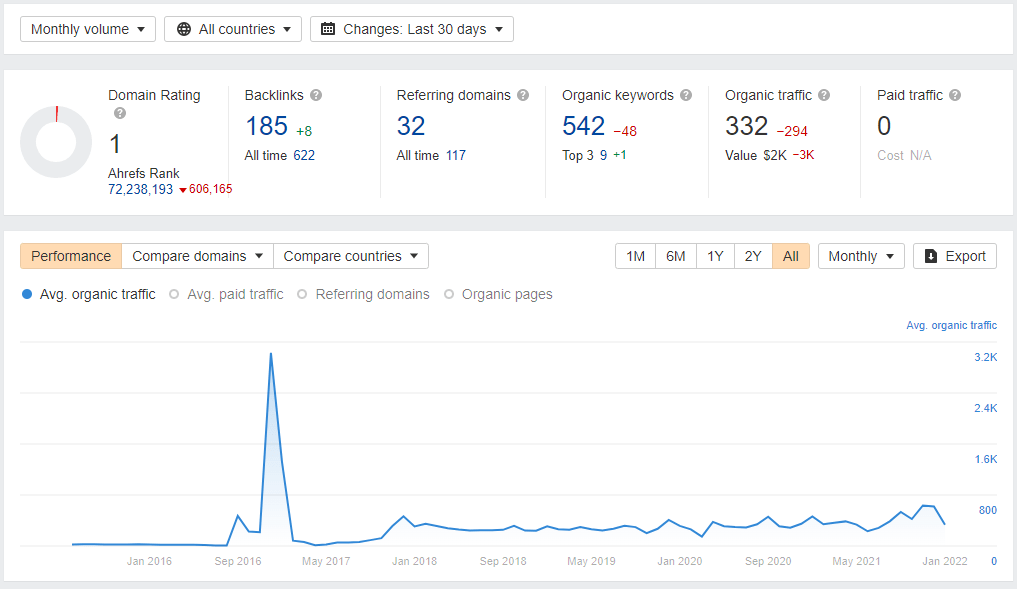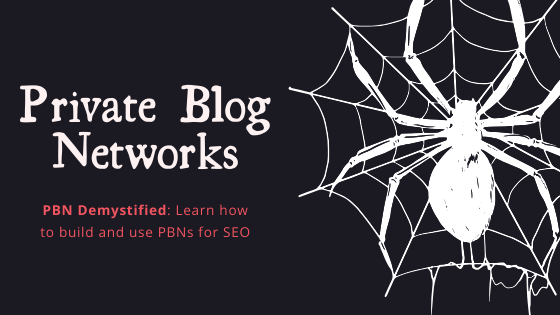All Categories
Featured
Table of Contents
- – What Is The Top Semantic Seo Insights Service?
- – The Leading Semantic Seo Strategies?
- – A Better Improving Rankings With Semantic Seo?
- – Whats The Most Popular Structured Data For Se...
- – Top Semantic Seo Dealer Near Me
- – How Do I Find A Implementing Semantic Seo Se...
- – Who Is The Most Reliable Semantic Seo Tutori...
The web is transforming, ending up being much more and a lot more semantic. SEO is likewise altering and coming to be much more semantic. This is due to the fact that search engines have actually progressed and are moving a growing number of in the direction of reading content on the internet. Naturally, that has additionally altered the method we create content, specifically if we intend to rate better in the online search engine.
, the leader of the Net, talked of to represent the idea that all points in deep space are deeply interconnected. Intertwingularity is not generally acknowledged, people keep claiming they can make points deeply hierarchical, categorizable and sequential when they can't. Everything is deeply intertwingled. Based upon the connections between search purposes, the search engine chooses a material ready by computing the range in between the vectors of significance.
It enables you to see, beginning with a subject, all the entities that are relevant to that subject. This way you can plainly see which entities/concepts/ideas have actually currently been covered on your web site, and you can find new possibilities by understanding what web content you can include and exactly how to create it.
What Is The Top Semantic Seo Insights Service?
It has the ability to make your material understandable for internet search engine on the one hand and for your target market on the various other. Structuring your content design highlights your web content and its underlying connections to ensure that internet search engine can recognize you amongst numerous pieces of info, making you a lot more visible to users who satisfy the search intent pertaining to your organization.
In semantic SEO copywriting, an editor begins from a broader series of topics and tailors the content to consist of semantically pertinent terms and expressions that assist visitors recognize a topic, comparable to checking out material in a wiki. From a web content composing perspective, one practical way to do this is to produce a vocabulary of terms and concerns surrounding your target subject.
The Leading Semantic Seo Strategies?
Discover more about by enjoying the by!.

Semantic search describes the process of exactly how search engines comprehend and match search phrases to a searcher's intent in organic search outcomes. Prior to semantic search, search engines like Google operated like matchmakersaligning particular words in your query with those exact words on pages. The results were simple yet commonly lacked deepness.
A Better Improving Rankings With Semantic Seo?
It makes it possible for Google to provide fast, accurate answers to browse questions regarding real-world subjects. When you type a question word right into Google, you're not just going into a series of words.
When you look for "Apple," Google does not just see a word that explains a fruit. It recognizes Apple as a firm and can provide associated details. It was Google's answer to the rise of voice searches, where queries came to be much more conversational and nuanced.
Whats The Most Popular Structured Data For Semantic Seo To Buy
By incorporating NLP, Hummingbird enabled Google to move beyond simple keyword matching. It helped the online search engine comprehend search intent, raising the chances that results would precisely match the reason behind an individual's search. As the third crucial ranking element after material and links, RankBrain has enhanced Google's semantic search capabilities to recognize the definition of search queries.
RankBrain is an artificial intelligence system that assists Google translate questions it hasn't seen before. It can make assumptions concerning words and phrases it doesn't acknowledge and filter results appropriately. Making it much more reliable at managing never-before-seen search inquiries. RankBrain considers even more than just search phrases when assessing a search question.
So it fetches outcomes that match the key phrases and line up with the general intent of providing pup training recommendations. And if the customer often searches for dog-related web content, Google might focus on extra detailed training guidesrecognizing the customer's ongoing interest in the topic. Incorporating innovations like the Knowledge Graph, Hummingbird, and RankBrain, semantic search helps the Google algorithm analyze and connect information across a huge web of info.
Top Semantic Seo Dealer Near Me
The focus shifts from keyword choice to an all natural strategy including customer intent, topical relevance, and general individual experience. Producing material that resolves the searcher's needs with detailed info can boost your SERP positions.
And kind of content can best please their requirements. A more comprehensive strategy to content aligns better with semantic search's change away from precise search phrase matching and towards user intent. Which clarifies the raised emphasis on subject clusters, as opposed to private key words. Material that covers search queries a lot more completely not just satisfies customers.
UX aims to create an aesthetically appealing, easy to use user interface with interesting, top quality material that motivates visitors to remain. Semantic search technology allows search engines to aim for outcomes that offer the finest possible UX.
How Do I Find A Implementing Semantic Seo Service?

All display Google's capacity to address a subject query comprehensively. By recognizing the context and intent behind customer questions, search engines can supply a lot more pertinent information and possibly enhance individual engagement. Personalization in search results makes for much better UX.Based on your past search history and choices as a customer, semantic search assists search engines customize the outcomes to suit your special requirements and interests.
It fetches results that match the keyword phrases and line up with the total intent of giving puppy training suggestions. And if the individual frequently looks for dog-related material, Google could focus on a lot more comprehensive training guidesrecognizing the user's recurring rate of interest in the subject. Incorporating innovations like the Expertise Chart, Hummingbird, and RankBrain, semantic search aids the Google algorithm interpret and connect information across a substantial web of information.
Who Is The Most Reliable Semantic Seo Tutorials Service?
The focus shifts from keyword option to a holistic technique including user intent, topical importance, and total user experience. Developing web content that addresses the searcher's requirements with thorough details can boost your SERP rankings. Below, we detail the patterns and techniques that combine the demand for semantically informed material. Later on, we give workable pointers to turn these insights right into best practices.

A wider method to material aligns much better with semantic search's shift away from precise keyword phrase matching and toward individual intent. Content that covers search inquiries a lot more extensively not just satisfies users.
UX aims to create a visually attractive, easy to use interface with appealing, high quality content that motivates site visitors to remain. Semantic search technology makes it possible for search engines to aim for results that give the best feasible UX.
All display Google's capacity to deal with a topic query adequately. By comprehending the context and intent behind user inquiries, search engines can provide a lot more appropriate info and potentially raise customer engagement. Personalization in search results makes for better UX.Based on your past search background and choices as a user, semantic search assists internet search engine customize the outcomes to suit your distinct requirements and passions.
Table of Contents
- – What Is The Top Semantic Seo Insights Service?
- – The Leading Semantic Seo Strategies?
- – A Better Improving Rankings With Semantic Seo?
- – Whats The Most Popular Structured Data For Se...
- – Top Semantic Seo Dealer Near Me
- – How Do I Find A Implementing Semantic Seo Se...
- – Who Is The Most Reliable Semantic Seo Tutori...
Latest Posts
How To Buy The Top Semantic Seo Platform
Who Has The Most Recommended Semantic Search Engine Results Pages (Serps) Service?
What Is The Most Recommended Semantic Tagging For Seo Available Today
More
Latest Posts
How To Buy The Top Semantic Seo Platform
Who Has The Most Recommended Semantic Search Engine Results Pages (Serps) Service?
What Is The Most Recommended Semantic Tagging For Seo Available Today